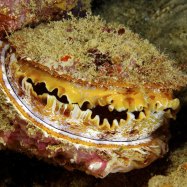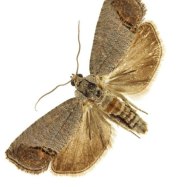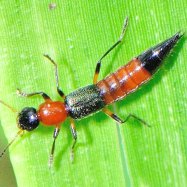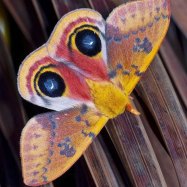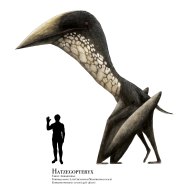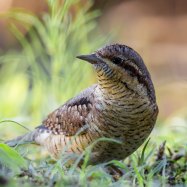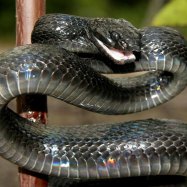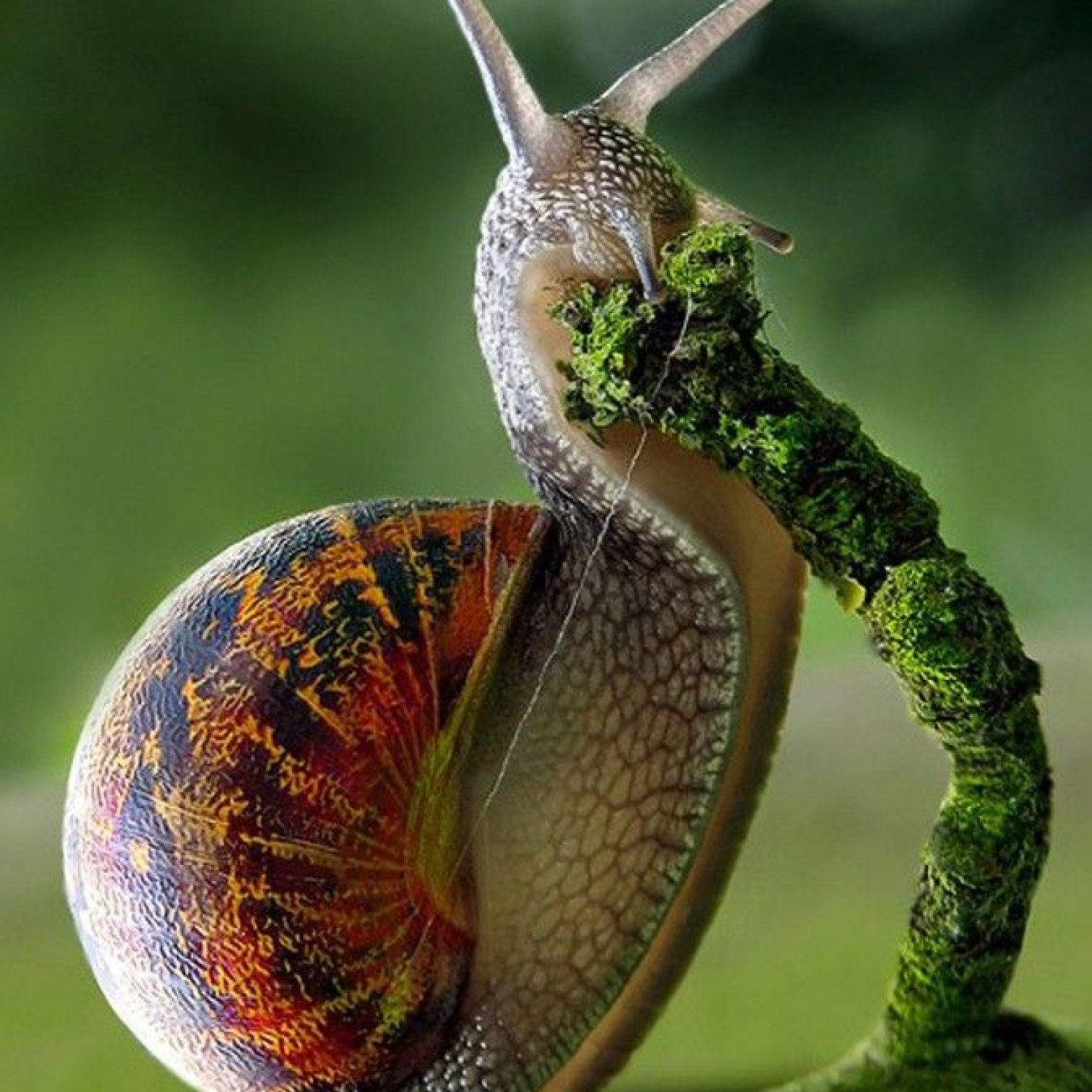
Snail
0.2 inches to 12 inches
Did you know that snails are found all over the world in various shapes and sizes? Ranging from 0.2 inches to 12 inches, these slow-moving creatures have a coiled shell with a soft body inside. With different families and species, these animals play a vital role in their ecosystems. Keep an eye out for these fascinating creatures on your next nature walk! #SnailFacts #AnimalKingdom #NatureWalk
Animal Details Summary:
Common Name: Snail
Kingdom: Animalia
Habitat: Terrestrial and aquatic
The Slow and Steady Snail: A Fascinating Creature of the Gastropoda Class
When you think of fast-paced and agile animals, the snail is probably not the first creature that comes to mind. These small mollusks with coiled shells and slow movements may not seem like the most exciting animals, but they are actually quite fascinating and have unique characteristics that make them stand out in the animal kingdom. In this article, we will explore the world of snails, from their taxonomy and distribution to their feeding habits and peculiarities.Taxonomy and Distribution
The scientific name for snails is Gastropoda, which comes from the Greek words "gaster" meaning stomach and "podos" meaning foot Snail. This refers to the snail's characteristic stomach-foot, which is used for locomotion. Snails belong to the animal kingdom, phylum Mollusca, and class Gastropoda. They are part of a larger group of animals known as gastropods, which also includes slugs, limpets, and sea snails.Snails have a worldwide distribution and can be found on every continent except for Antarctica. They are highly adaptable and can thrive in a variety of habitats, including terrestrial and aquatic environments. Some species of snails are even capable of living in both land and water, making them truly unique creatures.
Appearance and Body Shape
One of the most striking features of snails is their coiled shell. This shell is made of calcium carbonate and serves as a protective covering for the snail's soft body. The size and shape of the shell vary greatly depending on the species of snail Short Faced Bear. Some snails have small shells that are only 0.2 inches in length, while others can have shells up to 12 inches long.The shape of the shell also varies, with some snails having a flat, disc-shaped shell, while others have a tall, conical shell. The shell also has a spiral pattern, which is unique to each species and can be used to identify them.
The snail's body is soft and contains all of its vital organs. The stomach-foot is located on the underside of the body and is used for crawling, digging, and climbing. The top of the body is covered with a layer of mucus, which helps the snail move smoothly and also protects it from drying out.
Habitat and Adaptations
As mentioned earlier, snails can thrive in a variety of habitats. Some species prefer moist and humid environments, while others can survive in dry and arid conditions. They are also found in a wide range of locations, from forests and gardens to deserts and the bottom of the ocean.One adaptation that allows snails to live in such diverse habitats is their ability to hibernate. When faced with unfavorable conditions, snails can enter a state of dormancy, where their metabolism slows down, and they can survive for an extended period without food or water.
Another fascinating adaptation of snails is their ability to retract into their shells for protection. When threatened, they can quickly retreat into their shells to hide from predators. Some snails even have a specialized door, known as an operculum, which they can shut to further protect themselves.
Feeding Habits
Snails are herbivorous creatures, meaning they mainly feed on plants. They have a toothed tongue called a radula, which they use to scrape, cut, and shred pieces of plants. They have a slow and meticulous feeding method, which involves moving their radula back and forth to create a clean cut on the plant's surface.One interesting fact about snails is that they have the ability to eat and digest their own shells. The shell provides a valuable source of calcium, which is essential for the snail's growth and development. When the snail outgrows its shell, it will shed it and consume it for nutrients before growing a new, larger shell.
Importance of Snails
In many cultures, snails are considered a delicacy and are eaten as food. In France, for example, snails are a popular dish known as "escargot." Snails are also used in traditional Chinese medicine and are believed to have healing properties for various ailments.Snails also play a vital role in maintaining the balance of ecosystems. They are decomposers, meaning they feed on dead plant and animal matter, helping to recycle nutrients back into the soil. They are also an important food source for various animals, such as birds, lizards, and other invertebrates.
Threats to Snails
Despite their adaptability and important role in ecosystems, snails are facing several threats. Habitat destruction and pollution have greatly affected their populations. The use of pesticides and herbicides in agriculture also poses a significant risk to snails, as these chemicals can kill them or contaminate their food sources.In addition, some species of snails are at risk due to over-harvesting for food or the pet trade. The introduction of non-native predators, such as the carnivorous snail known as the giant African land snail, has also had a devastating impact on native snail populations.
Conclusion
In conclusion, although they may not be the most well-known or fastest animals, snails are truly fascinating creatures with unique adaptations and characteristics. Their ability to thrive in a variety of habitats and their important role in ecosystems make them vital to the natural world. As such, it is essential to protect and preserve these slow and steady creatures for future generations to appreciate and learn from.

Snail
Animal Details Snail - Scientific Name: Gastropoda
- Category: Animals S
- Scientific Name: Gastropoda
- Common Name: Snail
- Kingdom: Animalia
- Phylum: Mollusca
- Class: Gastropoda
- Order: Gastropoda
- Family: Various
- Habitat: Terrestrial and aquatic
- Feeding Method: Herbivorous
- Geographical Distribution: Worldwide
- Country of Origin: Unknown
- Location: Various
- Animal Coloration: Varies
- Body Shape: Coiled shell with a soft body
- Length: 0.2 inches to 12 inches
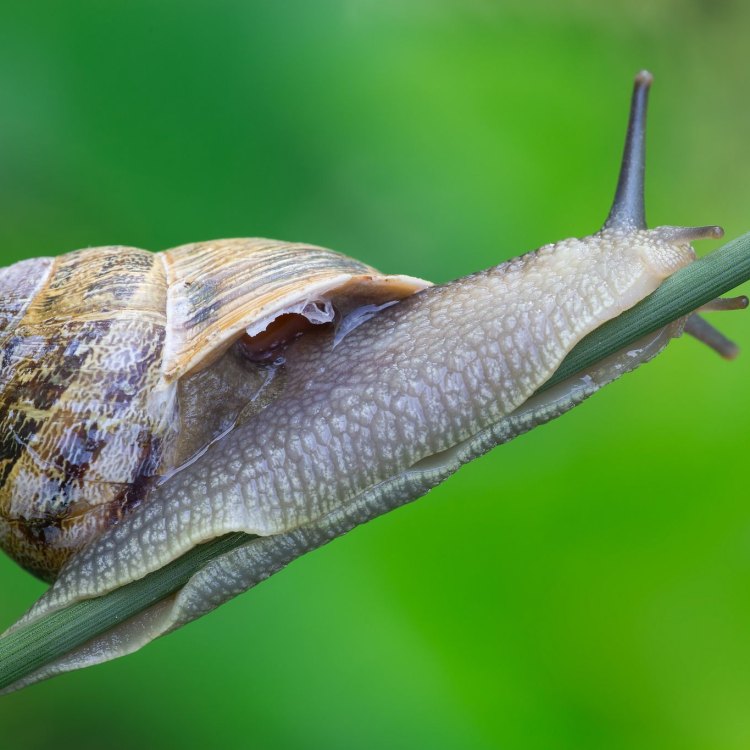
Snail
- Adult Size: 0.2 inches to 12 inches
- Average Lifespan: 1-5 years
- Reproduction: Hermaphroditic
- Reproductive Behavior: Mating and egg-laying
- Sound or Call: None
- Migration Pattern: None
- Social Groups: Some may live in colonies
- Behavior: Slow-moving
- Threats: Predators, habitat loss, pollution
- Conservation Status: Varies
- Impact on Ecosystem: Important role in decomposition
- Human Use: Food source, pets
- Distinctive Features: Coiled shell, mucus trail
- Interesting Facts: Some snails can hibernate for months
- Predator: Various predators
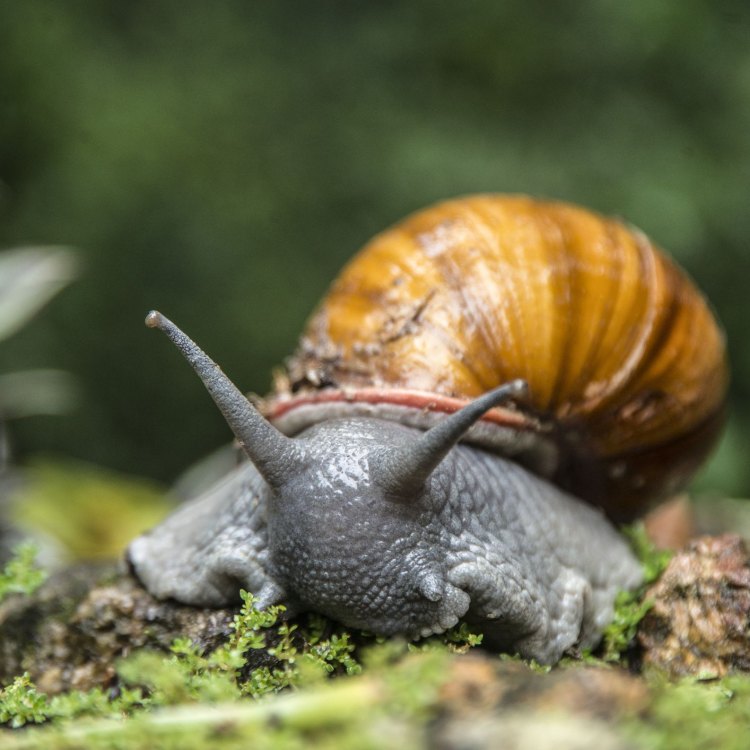
Gastropoda
The Marvelous World of Snails: Hidden Treasures of the Animal Kingdom
Have you ever taken a moment to observe a snail crawling slowly on a leaf, leaving a shiny mucus trail behind? Or perhaps you have come across one in your garden, hiding in its coiled shell? These little creatures may seem insignificant, but they are actually fascinating creatures with unique features and behaviors that are worth exploring. In this article, we will take a closer look at the snail, its life, and the important role it plays in our ecosystem.To begin with, snails are a type of gastropod mollusk, which means "stomach-footed" in Greek. They have a soft body protected by a hard shell, which they carry on their backs PeaceOfAnimals.Com. Here are some interesting facts about these amazing creatures.
Size and Lifespan
On average, a snail can measure from a mere 0.2 inches to a maximum length of 12 inches. That's almost the size of a ruler! However, their size depends on their species, with some being as small as a grain of rice and others as large as a small dog. They are found all over the world, in various habitats such as forests, deserts, and oceans.As for their lifespan, it ranges from 1 to 5 years, with some species living even longer. This may seem like a short lifespan compared to other animals, but it is quite an accomplishment for such a small creature.
Reproduction and Reproductive Behavior
One of the most fascinating features of snails is their reproductive system. Most species are hermaphroditic, meaning they have both male and female reproductive organs Sunbeam Snake. This allows them to reproduce with any other snail they come across.When it comes to reproduction, snails engage in the traditional mating process. However, they also have the ability to self-fertilize if no suitable partner is available. After mating, the snail will lay eggs, which will take about 2-4 weeks to hatch. Snails can lay up to 110 eggs at a time, ensuring that their population is maintained.
Sound or Call
Unlike other animals, snails do not have the ability to make sounds or calls. They communicate with each other through touch and chemical signals. The mucus trail they leave behind also acts as a way for them to mark their territory and locate potential mates.Migration and Social Behavior
Snails are not known to have a specific migration pattern. They are slow-moving creatures, so they tend to stay in one place and move around their surroundings to find food and shelter. Some species, however, may migrate to escape extreme weather conditions or seek better food sources.As for their social behavior, snails are typically solitary animals. However, some species may live in colonies, especially those living in tropical rainforests. In these colonies, snails can often be found huddling together for moisture and protection.
Threats and Conservation Status
Like many other animals, snails face multiple threats in their natural habitats. The most common threat is predators, which include birds, frogs, rodents, and some insect species. They also face threats from habitat loss due to human activities such as deforestation and urbanization. Pollution is also a significant threat, as it can affect their delicate shells and internal organs.The conservation status of snails varies according to their species. Some are classified as endangered or critically endangered due to their declining populations, while others are relatively abundant. It is essential to protect and conserve snail populations as they play a vital role in our ecosystem.
The Role of Snails in the Ecosystem
Snails may seem like insignificant creatures, but they play a crucial role in our ecosystem. They are decomposers, meaning they feed on decaying organic matter and turn it into nutrients for plants to use. This process is essential in maintaining a healthy ecosystem. Snails also help to recycle essential nutrients back into the soil, making it fertile for plants to grow.In addition, snails serve as a food source for other animals, contributing to the balance of the food chain. They are also used in research studies, giving us a better understanding of their role in the ecosystem.
Human Use of Snails
Humans have been interacting with snails for centuries, primarily for two reasons – food and pets. In some parts of the world, snails are considered a delicacy and are consumed as part of traditional cuisine. They are also a popular food source in many European countries, where they are used in dishes such as escargots.Moreover, snails are also kept as pets, especially species such as the Giant African Land Snail. These snails are relatively easy to care for and have an interesting personality, making them a popular choice for pet owners.
Distinctive Features of Snails
One of the most distinctive features of snails is their coiled shell. This unique structure serves as their home and protection from predators. The shell is made of calcium carbonate, secreted by the snail as it grows. It also acts as a balance and helps the snail to move around by distributing its weight evenly.Another distinctive feature of snails is the mucus they produce. This mucus helps them to glide over surfaces with ease, as well as providing a protective layer against water loss and predators.
Interesting Facts
Snails are full of surprises, and here are a few interesting facts about them:- Some snail species hibernate for months in their shells to survive harsh weather conditions, drought, or cold temperatures.
- Snails have eyespots on their tentacles, which help them to detect light and dark, but they can't see images.
- Some species of snails can regenerate lost body parts, such as their shells.
- The Giant African Land Snail can lay up to 1,200 eggs per year.
- Snails are one of the slowest animals on Earth, with the average speed of only 0.03 miles per hour.
Predators of Snails
Snails may have a protective shell, but they are still preyed upon by various predators in their natural habitat. As mentioned earlier, some of their predators include birds, frogs, rodents, and insects. However, humans are also considered predators of snails, as we continue to hunt and consume them, affecting their populations in the wild.In conclusion
Snails may not be the most glamorous or talked-about animals, but they are undoubtedly fascinating creatures. From their unique reproductive system and coiled shells to their essential role in our ecosystem, snails are truly hidden treasures of the animal kingdom. It is crucial to protect and conserve them to ensure a healthy balance in nature. So the next time you come across a snail, take a moment to admire its slow and steady pace, and appreciate the important role it plays in our world.
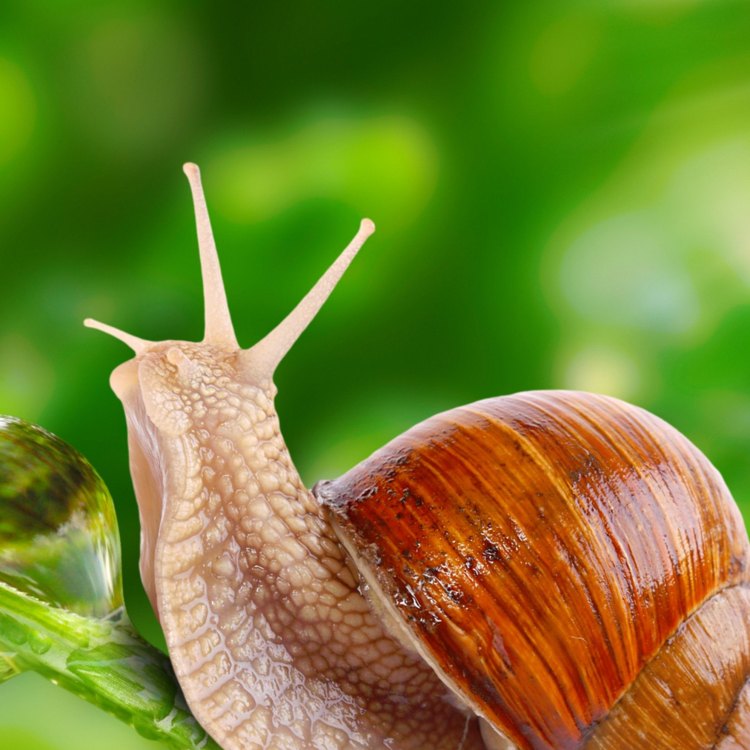
The Slow and Steady Snail: A Fascinating Creature of the Gastropoda Class
Disclaimer: The content provided is for informational purposes only. We cannot guarantee the accuracy of the information on this page 100%. All information provided here may change without prior notice.

